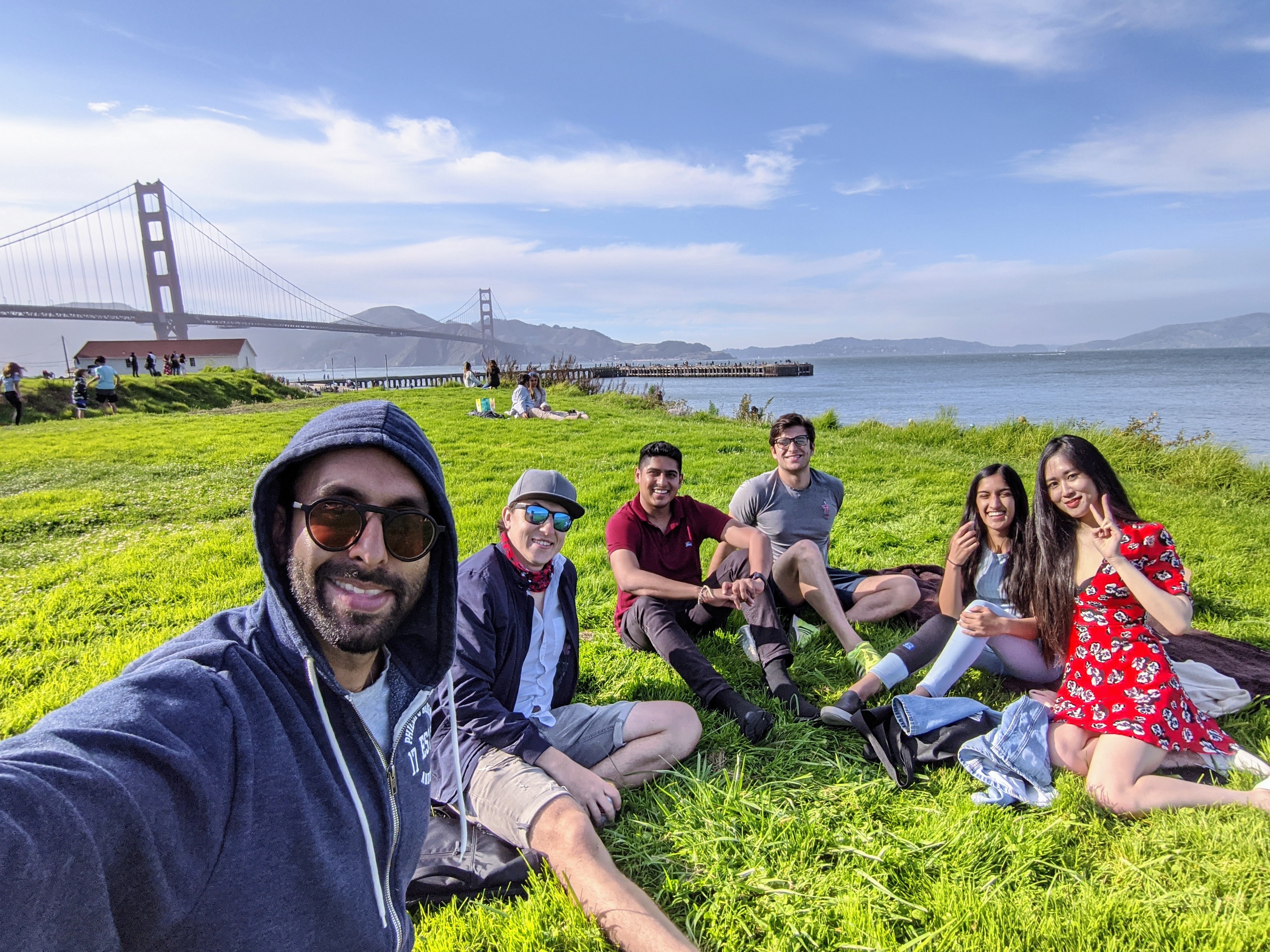
28 Sep Wired to meet face-to-face: what we are missing
Before COVID hit, I traveled a lot. For the last six months, though, I – like everyone else in the world – have stayed put. From my home base in Boston, I’ve been communicating via phone calls and Zoom meetings, with travel on indefinite hold. Like everyone else, I was initially skeptical that my productivity would be unaffected when forced to be exclusively remote. Like everyone else, I was pleasantly surprised to settle into a new normal and could appreciate some of the efficiencies that resulted from not having to meet in person.
A few weeks ago, I went on my first work trip and spent a few days in San Francisco and now I am in London. These trips reminded me just how important in-person meetings can be and what we are missing during this all-remote era: specifically, we lose the authenticity of in-person interactions, the random walks and honest human signals that lead to a deeper mutual connection, better problem-solving, sparks of creativity, and energy to act.
During my trip to San Francisco, I spent quality time with several of our entrepreneurs. The face-to-face meetings had a humanity that our regular Zoom calls did not; the conversation flowed more naturally as it was less structured. The random walks we took in these meetings uncovered opportunities to collaborate more deeply than if we had continued to communicate exclusively via video chat. One meeting with an existing portfolio company CEO helped both of us unexpectedly understand a problem we needed to urgently solve; another meeting with a prospective portfolio company helped me understand the founders’ story and context much more clearly and gave me much greater conviction about the founders themselves.
I’ve previously written about why I believe in-person meetings are more natural – it comes back to the honest signals we emit in these interactions. Our earliest ancestors always interacted in person. We have been biologically wired to exude certain signals that enrich and add context to the words we speak to one another, and these signals do not come across when we present ourselves as just little squares on a screen.
Even phone calls can feel more natural than Zoom calls and this difference may also come back to evolutionary biology. Before our ancestors could harness any form of light after sunset, they essentially communicated via audio in the dark, as if on a pre-historic phone call.
We don’t really have an analogue to video conferences from our past, in our biology. Until the experience of remote working and calling starts to mimic more clearly what we’re used to biologically, I don’t think interacting exclusively via Zoom will ever be as effective as interacting in person. Face-to-face, we can pick up on social cues. We can connect dots between problems and people. We can predictively assess what might go wrong and figure out how to solve it. We can relax, we can be ourselves. On Zoom calls we can pick up non-verbal cues, but they don’t flow authentically and we expend mental bandwidth deciphering them.
Technology has made my life – like everyone else’s – much easier over the past few months, and I’m grateful that we have the tools we need to connect regularly with colleagues all over the world. At REMUS, we are in the business of building decade-long relationships. It’s really important for us to build relationships with entrepreneurs that are personal as well as professional, and I’m bullish on a return to in-person meetings once normalcy resumes. Those in-person touchpoints are essential for enriching relationships; they’re the regular bursts of humanity we need to make those remote conversations all the more effective.


